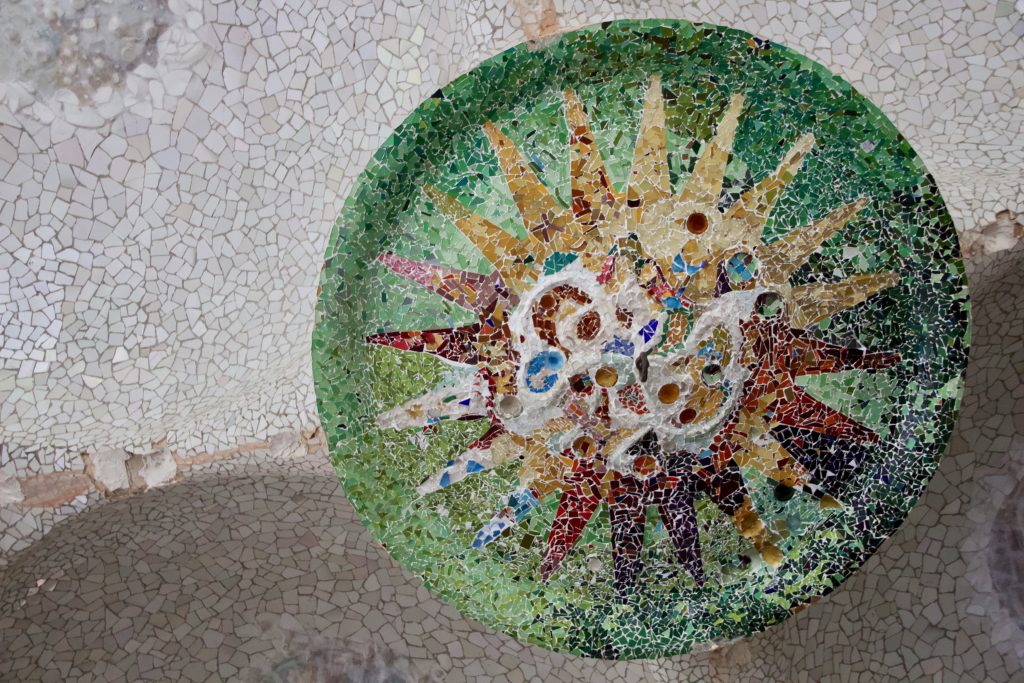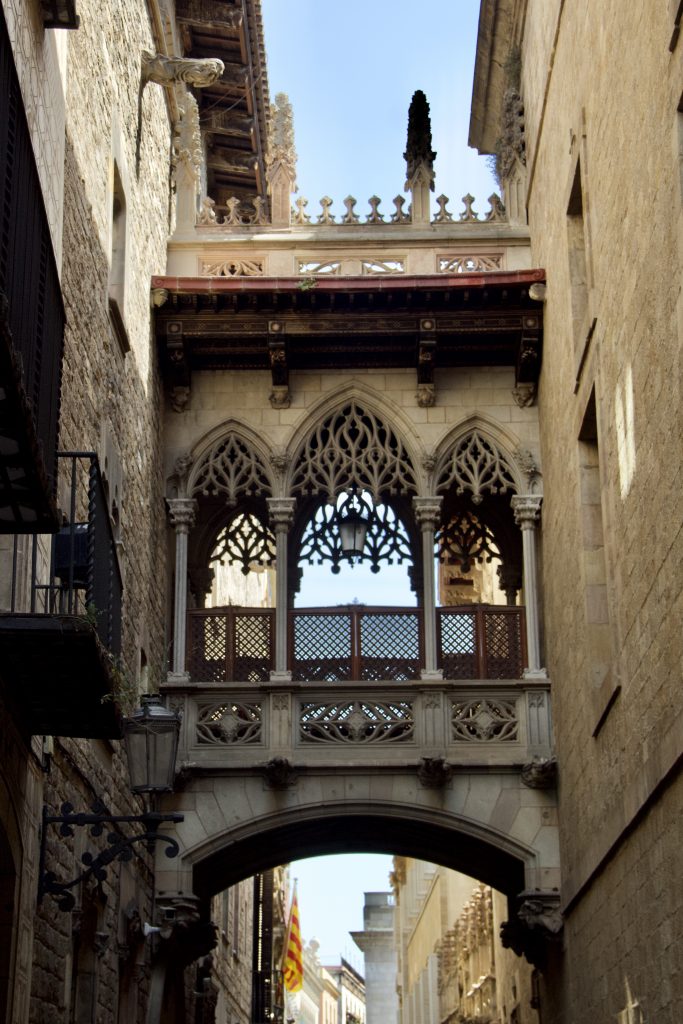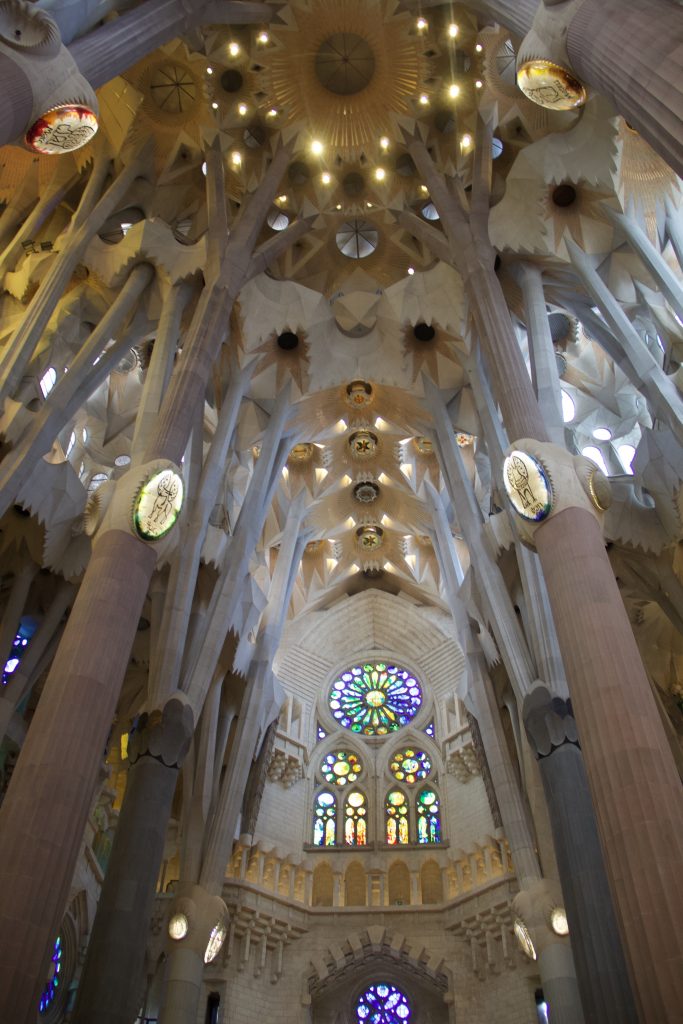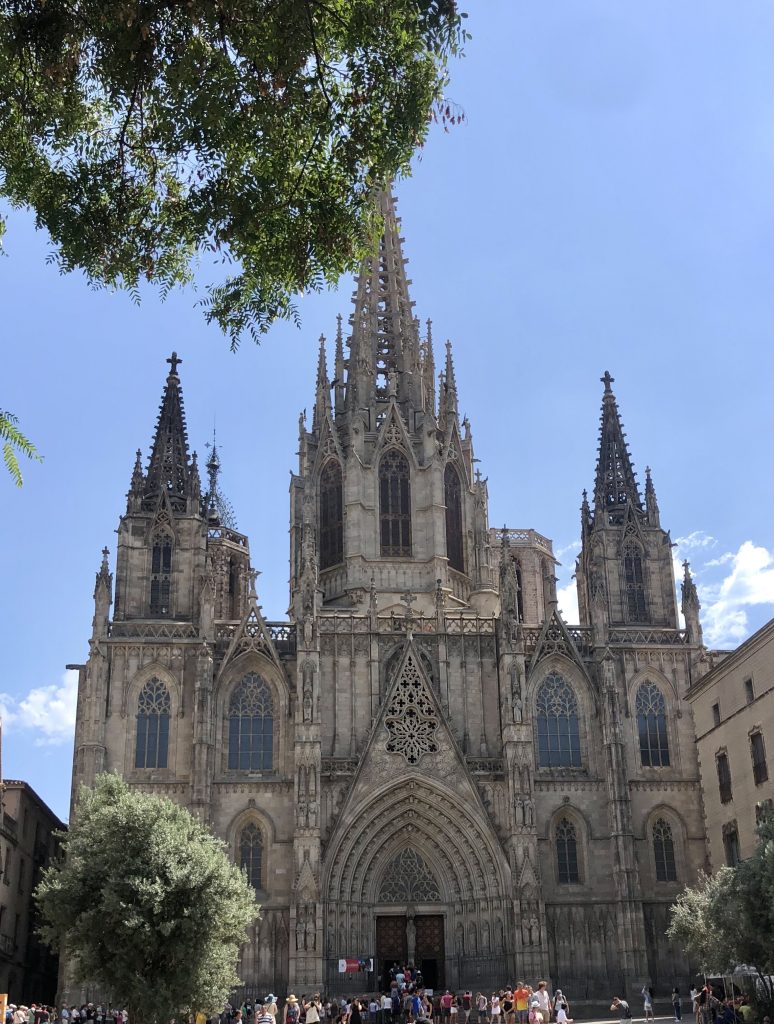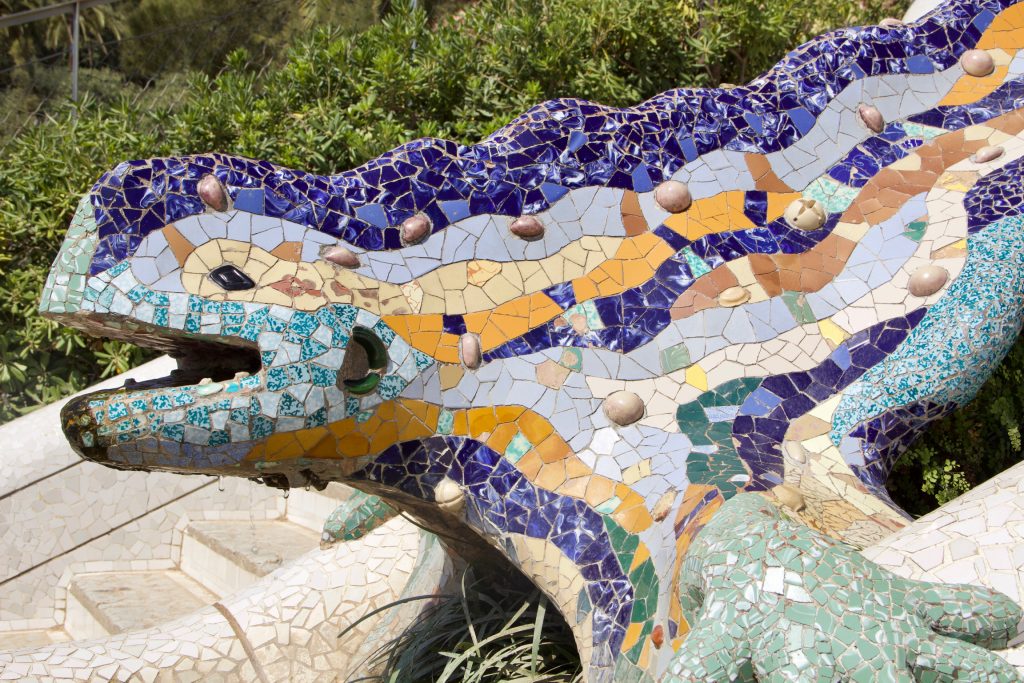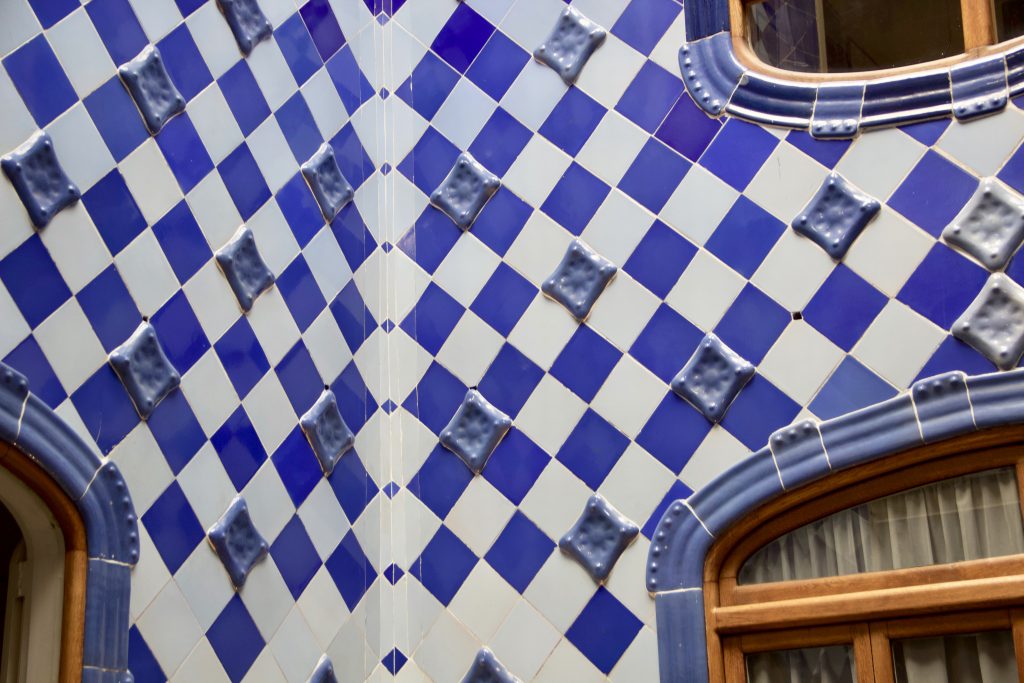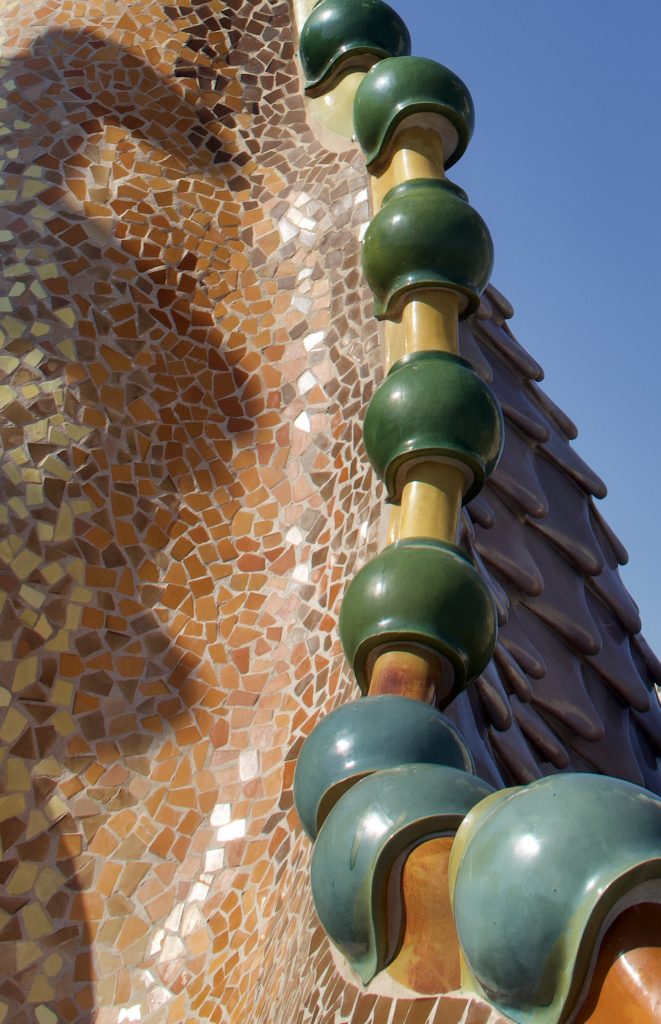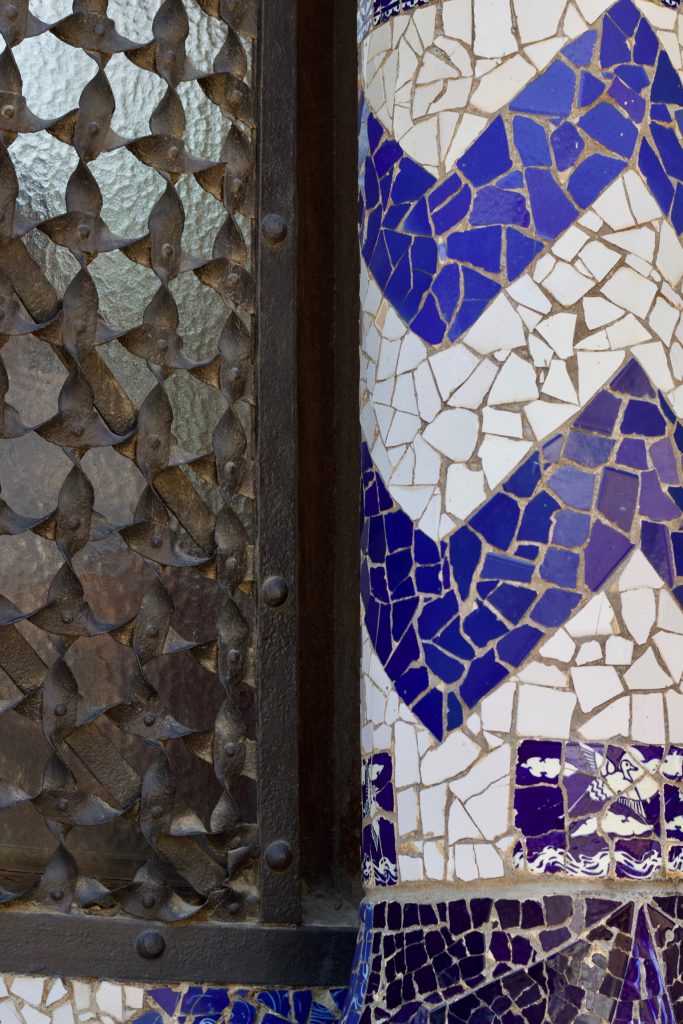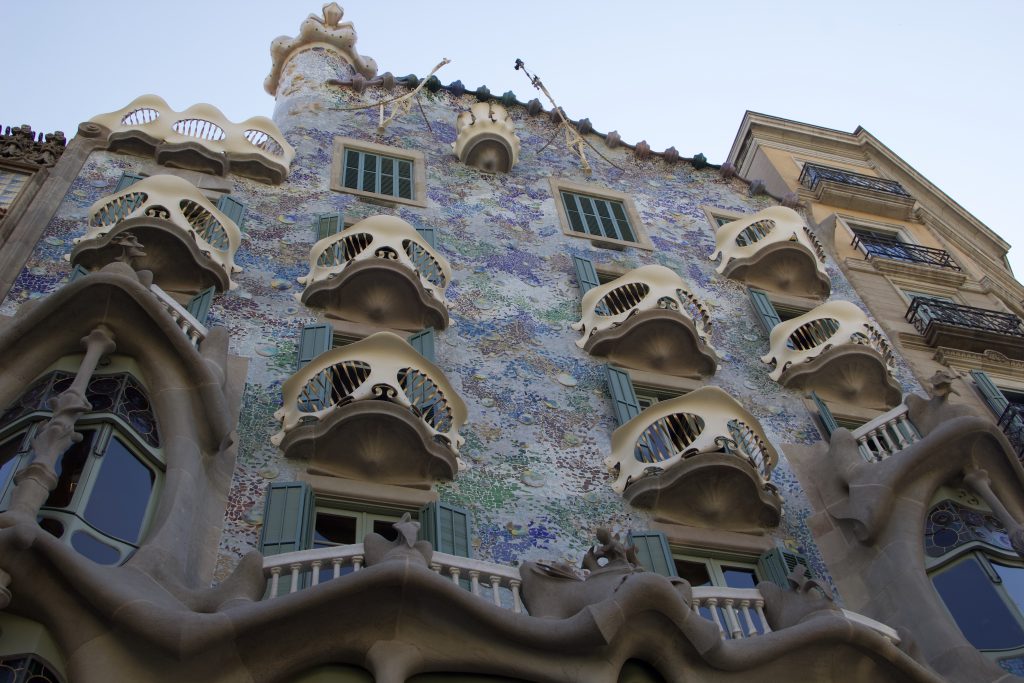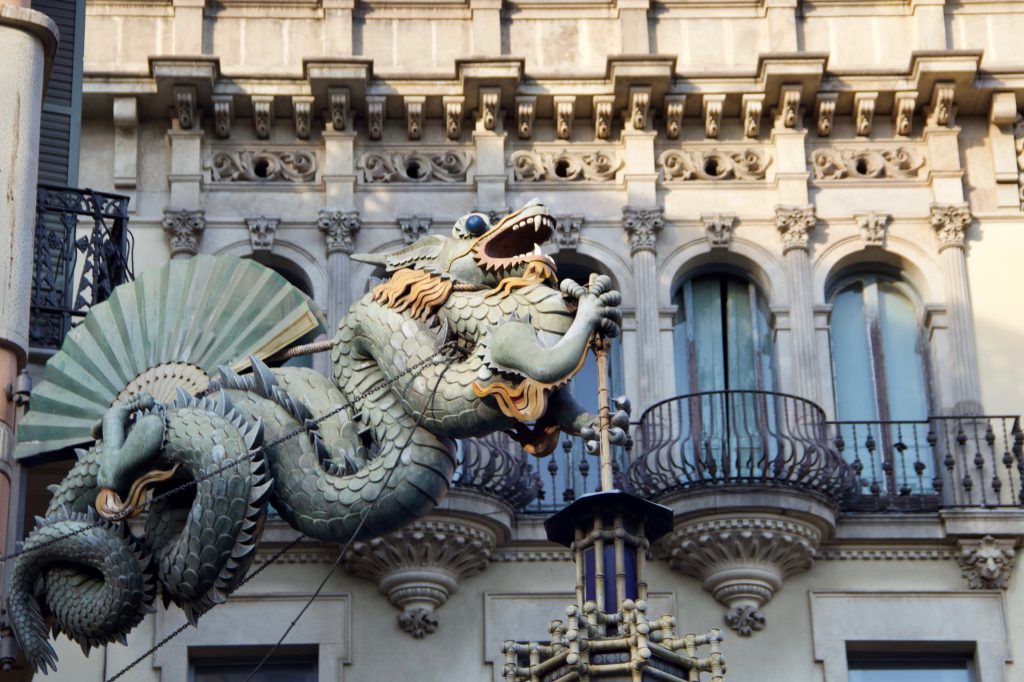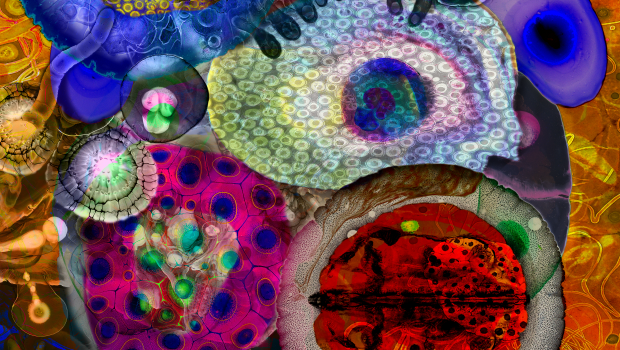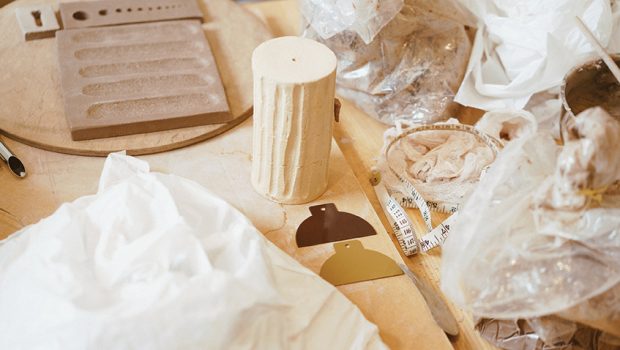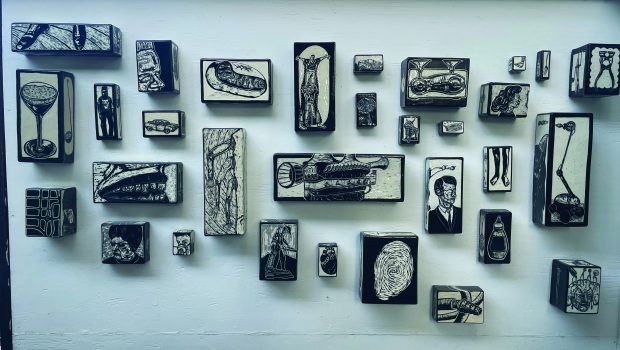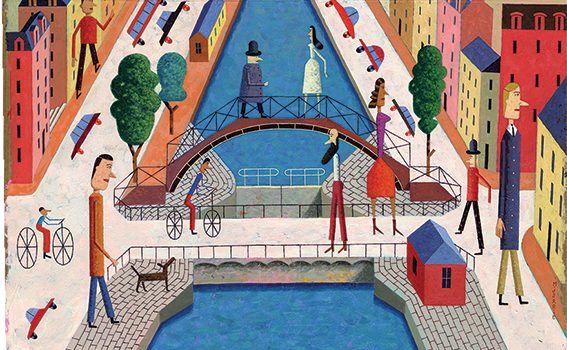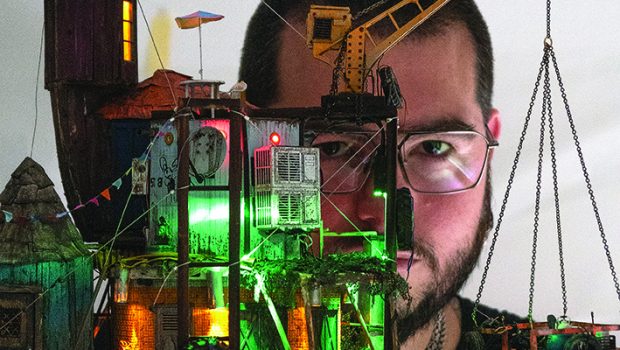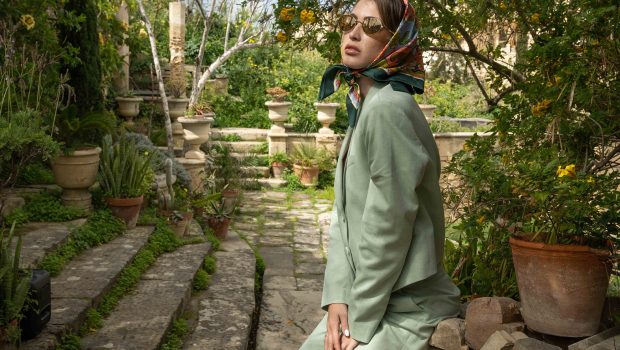Barcelona: The City of Gaudí
Locals and tourists who live or have visited Barcelona would agree that it is one of the greatest and charming cities in the world. I’ve been there a couple of times and the best way I can describe it is that you feel you’re stepping through Narnia’s wardrobe.
From the moment you set foot in it, the streets instantly invite you to explore the city’s enchanting roots. It’s the kind of place that is lined with historic 14th century buildings, stunning plazas, architectural treasures — all of which have quite the story to tell.
The Gothic Quarter
Start your Catalonian adventure by getting lost in the narrow streets of the Gothic Quarter. What’s so fascinating about this area is dotted with impressive Gothic buildings that date back to Roman times and the 20th century. If you don’t have time to visit all buildings in the area, just make sure you stop by the Catedral de Santa Cruz y Santa Eulalia. What a sight! You simply can’t miss this one.
The Gothic Quarter is also known for its hidden alleys. Keep an eye out…who knows what you’ll stumble across — charming courtyards, exquisite patios…need I say more?
Las Ramblas
Of course, Barcelona is also known for yet another distinct area. Las Ramblas ties together a number of streets starting from Plaça Catalunya, Rambla de Canaletes, Rambla dels Estudis, Rambla de les Flors, Rambla dels Caputxins, Rambla de Santa Monica and Rambla del Mar.
Whether you want to get some postcards and souvenirs, walk around or simply wine and dine, there’s something for everyone’s tastes and preferences here. We’re talking bespoke restaurants, trendy bars and even tourist attractions such as Plaça Reial and La Boqueria food market — great places to try a spot of paella paired with a glass of sangria of course!
Of Geometric Shapes, Colour and Texture
Barcelona is also highly regarded as the city of Antoni Gaudí. Known for his distinctive style and eccentric creations, he successfully made his mark on his work by becoming the greatest exponent of Catalan Modernism.
Gaudí’s talent started prospering from a very young age. Born in a family of boilermakers, he used to help is father and grandfather in the family workshop. Needless to say, this came in handy when he started designing his first creations, until he eventually became known for his world-renowned colourful masterpieces and avant-garde approach to architecture.
Casa Vicens
As he grew older, he moved away from early inspirations such as Eugène Viollet-le-Du’s works and the Neo-Gothic style. In fact, many people who studied his works argue that his career took off with the construction of Casa Vicens. Featuring geometric shapes, bright colours, and mosaic patterns inspired from the Orient, this building really showcased Gaudí’s journey into the world of the Art Nouveau movement. And as the saying goes, the rest was history.
Casa Batlló
Another building that certainly deserves a visit is Casa Batlló. Known for its stunning façade, this house is truly a masterpiece. Amongst so many colourful shapes and designs, it features whimsical mosaic patterns and a distinct arched roof that is thought to be the back of a dragon.
Note that this isn’t the only instance that Gaudí included dragons in his work. In fact, there are over 400 examples located all over Barcelona! If you look closely, you’ll even see dragon-like street lamps!
Park Güell
On top of that, Gaudí also included the iconic statue of a salamander known as “El Drac” in Park Güell. In a few words, this place is true celebration of colour and ultimately, Gaudí’s genius. So, what’s the story behind it? One of Gaudí’s friends — Eusebi Güell, had commissioned the architect to create a residential complex.
That said, Güell was very specific about what he wanted. In fact, he wanted this complex to serve as utopian retreat, away from the city. Although the park was constructed and designed between 1900 and 1914, Gaudí had to stop working on it due to the troubles brought about by World War 1. Though unfinished, Park Güell is still remains one of Gaudí’s most remarkable works to date.
La Sagrada Familia
And last but certainly not the least, no visit to Barcelona is complete without a visit to the Sagrada Familia — especially, if you’re retracing Gaudí’s footsteps. In short, the architect dedicated the last 10 years of his life to this magnificent masterpiece.
I’ll tell you one thing — It’s not the kind of gothic building that you can just admire from outside and you’re good to go. As the saying goes, the devil is in the detail. You need to step inside to really appreciate the vision Gaudí brought to life.
Here, Gaudí’s style is simply revolutionary. For starters, he always believed that; “nothing is art if it doesn’t come from nature.” In fact, you won’t see any straight lines here. Gaudí had expressed a great dislike to them and instead, he opted to include curves, lots of texture and more geometric shapes.
In fact, the columns inside the basilica don’t look like actual columns. Upon taking a closer look, you’ll realise they actually resemble trees.
On top of that, the use of colour on the stained-glass windows is extremely impressive. Trust me when I say you probably need to dedicate two or three hours here to fully appreciate Gaudí as the visionary he truly was. The Sagrada Familia is still unfinished to this day, but it is expected to be completed by 2026.
Viva Barcelona!
And Simply put, this city is paradise for all those who a ready to immerse themselves in history, literature, culture and good food. Or as Freddie Mercury and Montserrat Caballé put it, Barcelona is like a jewel in the sun. ¡Viva Barcelona!
By Christine Cassar

